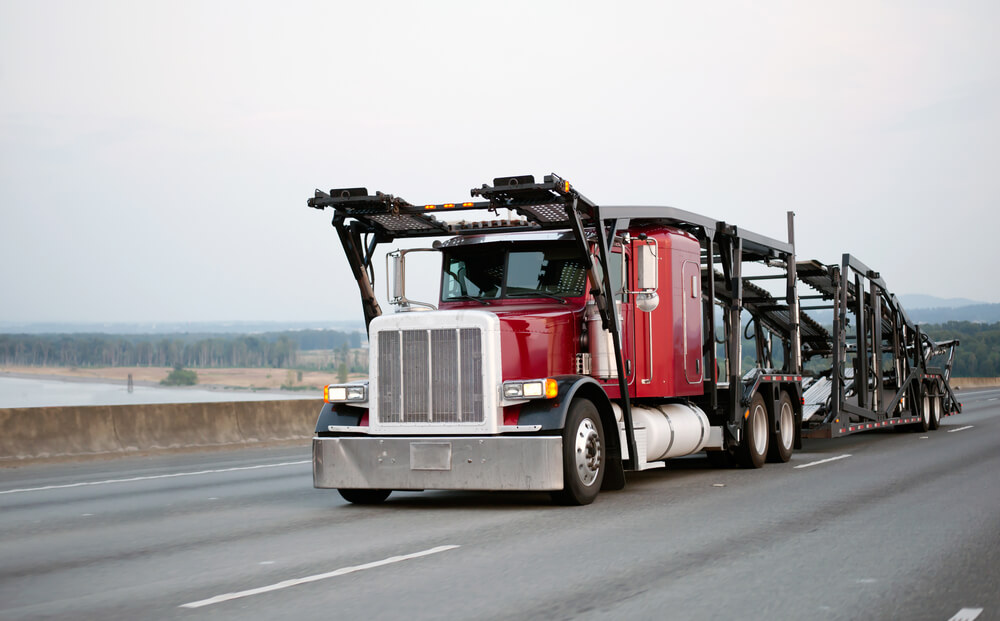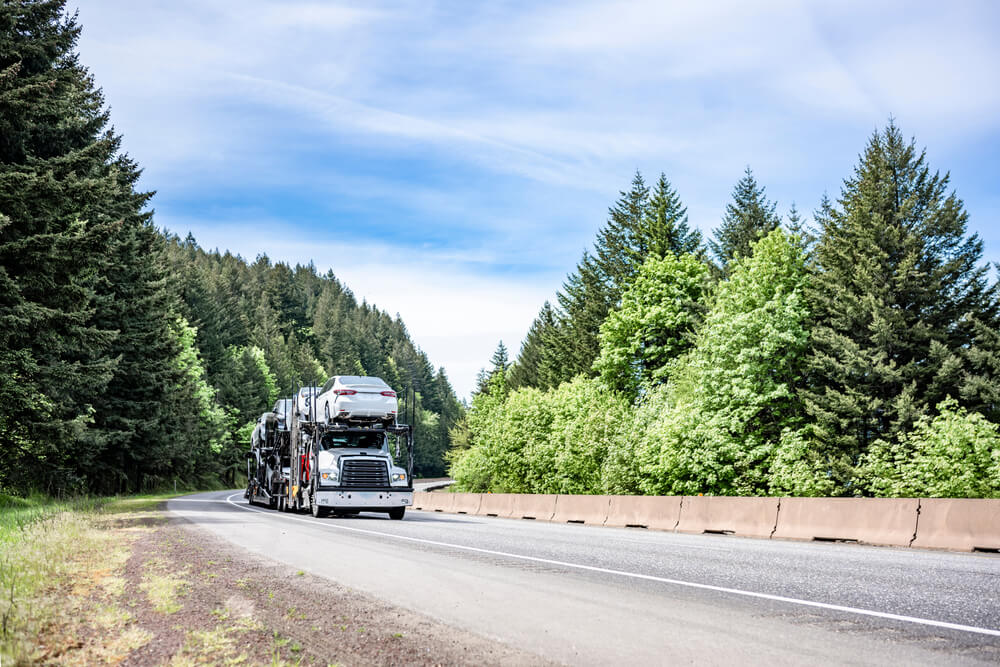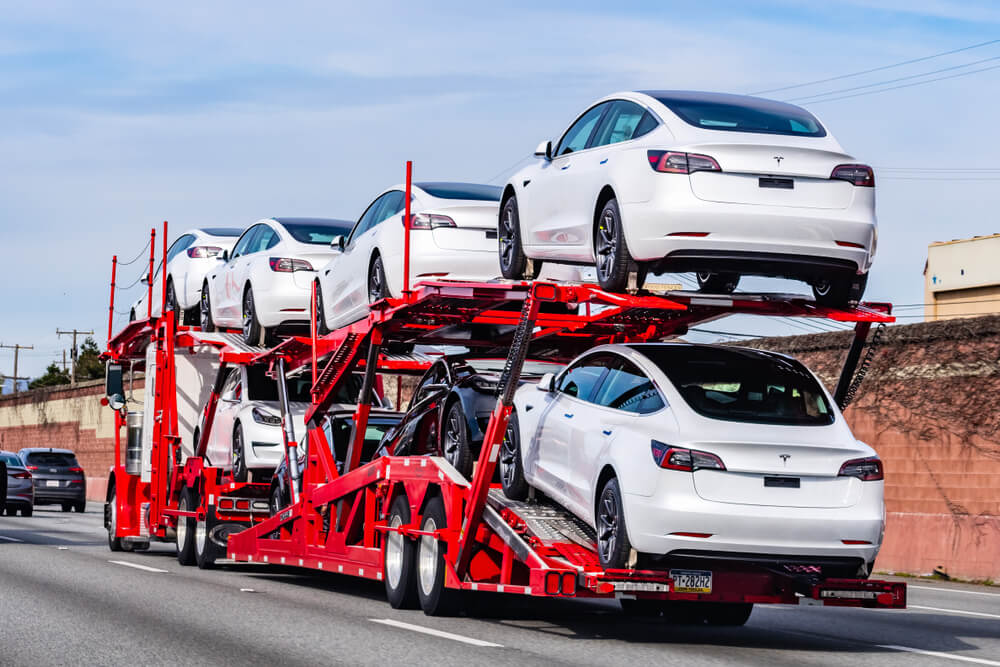Insurance and Shipping Options for California and Michigan DriversInsurance and Shipping Options for California and Michigan Drivers

When transporting a vehicle across state lines, especially from busy states like California or Michigan, understanding your options and ensuring your car’s safety is key. Whether you’re relocating, buying a vehicle online, or heading south for the winter, two critical things to consider at the start of your journey are car shipping insurance tips and the terminal shipping cost involved in your chosen delivery method.
As vehicle shipping becomes more accessible and affordable, the industry has grown to accommodate a wide variety of transport options tailored to both budget-conscious and convenience-focused consumers. But with more choices come more decisions, and not understanding the risks and costs involved can lead to unnecessary stress or worse, financial losses.
Terminal Shipping vs. Door-to-Door
Terminal shipping requires you to drop off and pick up your vehicle at designated shipping depots. While it may seem less convenient, this option can be notably cheaper. The terminal shipping cost tends to be lower because the carrier can consolidate multiple vehicles and stick to a fixed route, saving on time and fuel.
In contrast, door-to-door shipping offers maximum convenience. The carrier picks up your car from your location and delivers it to your specified destination. However, this service often comes at a premium and may not be feasible in areas with tight residential streets or restricted access.
For Michigan drivers, particularly those in rural or snowy areas, terminal shipping may be the more dependable option during winter months when road access becomes a challenge. In contrast, California residents, especially those in urban centers, may prefer door-to-door service due to convenience and availability.
Making the Right Choice for Your Budget and Needs
The choice between insurance coverage levels and shipping methods depends largely on your individual needs, budget, and risk tolerance.
If you’re shipping a vintage car or a high-value vehicle, prioritize comprehensive insurance and door-to-door service. On the other hand, if you’re moving a used or daily-driver vehicle and are budget-conscious, terminal shipping with basic coverage may suffice as long as you’re comfortable taking the necessary precautions.

Car Shipping Insurance Tips
When it comes to shipping a vehicle, insurance coverage should be the first item on your checklist. Most professional auto transport companies include basic liability insurance in their service packages. However, it’s essential to understand what that coverage entails and whether it’s sufficient for your vehicle.
Here are a few essential car shipping insurance tips every California driver should keep in mind:
Request Proof of Insurance: Before selecting a transport company, always ask for a copy of their insurance certificate. Reputable carriers should have no problem providing this.
Understand Coverage Limits: Most companies offer coverage for external damage only. This means if the interior is damaged or items inside go missing, you may not be compensated.
Inspect and Document Your Car: Take clear, timestamped photos of your vehicle from every angle before shipping. This will serve as proof if you need to file a claim.
Review Your Personal Auto Policy: Some insurers offer supplemental coverage for vehicle transport. Contact your insurance provider to see if you’re eligible for additional protection.
Consider Buying Gap Coverage: If your vehicle is particularly valuable, look into purchasing a gap policy that fills in the gaps between carrier liability and your vehicle’s actual value.
For further guidance on moving best practices and regulations, consider consulting authoritative sources such as the Federal Motor Carrier Safety Administration (FMCSA). They provide comprehensive information on interstate moving regulations, consumer rights, and safety guidelines.
Final Thoughts
Shipping a car doesn’t have to be stressful or confusing. By understanding key concepts like car shipping insurance tips and the potential savings tied to terminal shipping cost, you can make smarter, safer decisions. Whether you’re in California navigating urban traffic or in Michigan braving winter roads, being informed ensures that your car arrives safely and your peace of mind stays intact.

